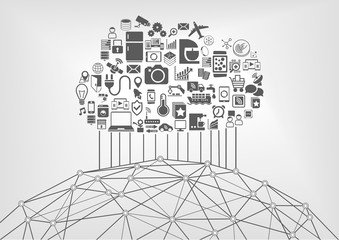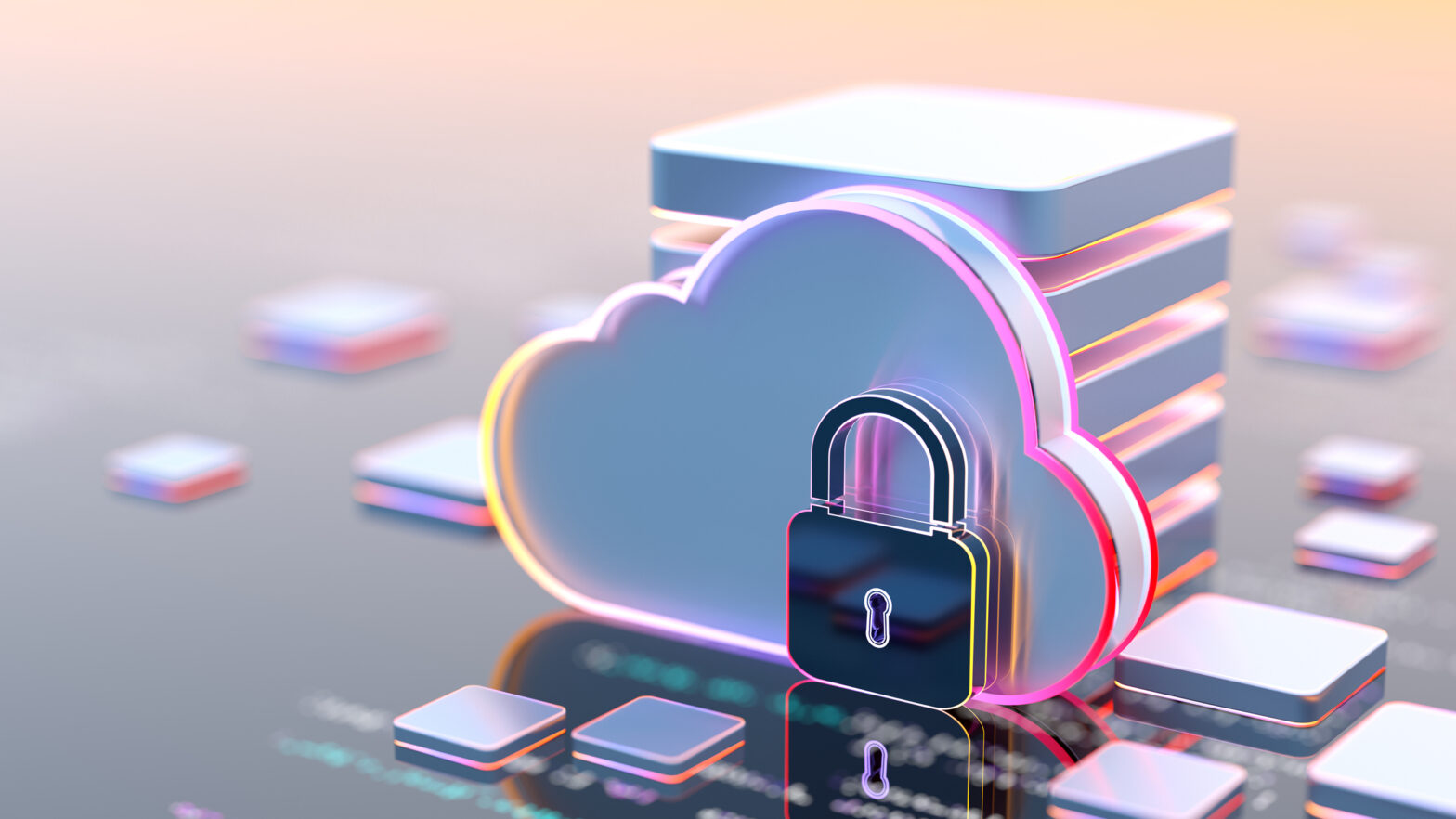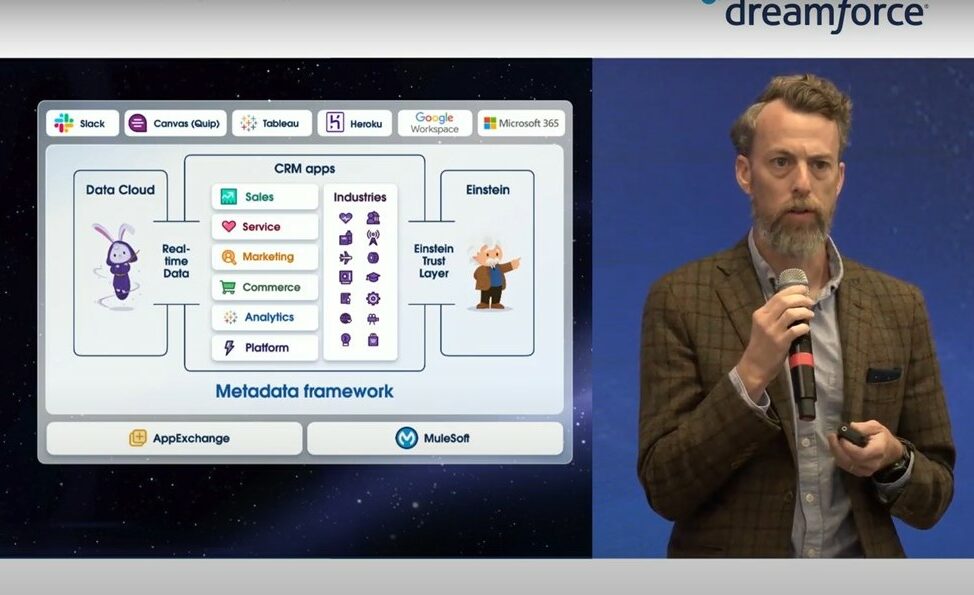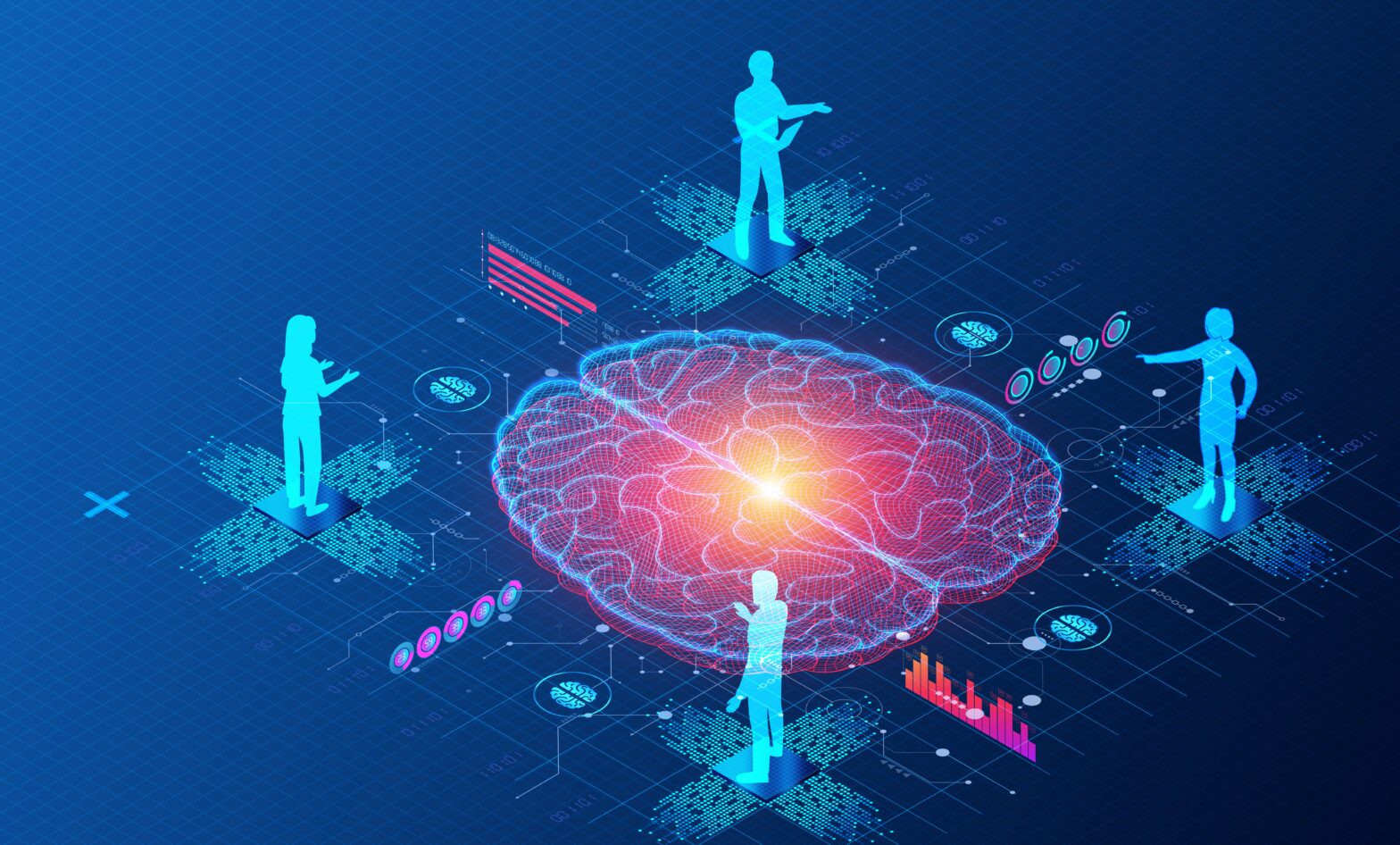Enterprise adoption of the Internet of Things (IoT) has exploded over the past few years. This trend shows no sign of slowing down, with IDC forecasting that spending on IoT will reach $772 billion by the end of the year. IoT has a seemingly limitless ability to revolutionise business processes through use-cases as varied as predictive maintenance, real-time inventory control and fleet management.
This huge potential means that IoT is likely to dominate IT budgets for years to come, with 96% of companies expecting to increase their spending on these technologies over the next three years. However, ensuring that IoT delivers on its promise will be a tricky task, and achieving the perfect software experience that today’s businesses expect is complicated by the fact that the applications powering IoT are reliant on an intricate and complex enterprise cloud environment.
The complexity clouds are gathering
Organisations are already struggling to master the escalating complexity within their enterprise cloud environments, but the introduction of IoT is set to magnify the challenge a hundredfold. IoT deployments are powered by incredibly complex, web-scale applications and are run in dynamic multi-cloud environments. These applications are reliant on vast ecosystems of sensors, devices, gateways and platforms working perfectly. If a problem arises in the performance of any component of the IoT ecosystem, it can be very difficult to break through the proverbial noise and find the root cause of the issue.
Underscoring the extent of that challenge, recent research from Dynatrace found that 69% of CIOs predict IoT will become a major performance management burden. Organisations simply cannot afford to leave these concerns unaddressed, as the consequences of performance issues in IoT ecosystems could be catastrophic. For example, an issue between IoT sensors and supply chain systems could result in chaos for a retailer. Clearly this type of scenario has CIOs worried, with 74% fearing that IoT performance problems will derail their operations and significantly damage revenues.
Time for a cloud clean-up: Stop neglecting your disorganised data centres
Before they can reap the potential rewards that the IoT has to offer, businesses must first address the complexity it adds to their enterprise cloud environment to prevent these fears becoming reality. This complexity is unavoidable, but organisations must put measures in place to ensure any issues within their IoT deployments can be identified and resolved as quickly as possible. This is the only way to mitigate any potential performance problems and ultimately, provide the perfect software experiences that are now a business imperative.
An intelligent solution to a complex conundrum
With the scale and complexity of IoT being as it is, it is impossible for IT teams to monitor and rectify any performance problems manually. Traditional monitoring approaches, platform-specific tools and home-grown solutions are unable to provide end-to-end visibility across web-scale IoT ecosystems, so they’re of little help to those seeking to deliver perfect IoT software experiences. Instead, organisations need to take a new approach, using automation to monitor IT stacks end-to-end at scale and harness AI to unlock the insights that simplify managing enterprise complexity. In fact, the Dynatrace report found that 84% of CIOs believe AI capabilities and the ability to automate most of the processes that support IoT deployments will play a crucial role in the success of their IoT strategies.
Automating the process in this way provides IT teams with real-time situational awareness into the vast ecosystems of IoT sensors, devices, gateways, applications and platforms that are powering their digital capabilities. Ultimately, this makes it much easier for them to identify and rectify the inevitable problems that will arise before they impact on service performance, despite the escalating complexity that comes with IoT.
Cloud, edge, and fog computing: understanding the practical application for each
Towards a brighter, more connected future
Getting on the front foot and ensuring that the complexities of their enterprise cloud don’t impact on the performance of their IoT ecosystems will ensure that businesses can truly reap the rewards that a more connected future has to offer. As operations, systems and processes are increasingly integrated with the IoT, organisations will be able to create more seamless software experiences than ever before. Ensuring that these IoT ecosystems perform perfectly will enable organisations to empower their users more than ever before, as they continue to interact with the enterprise in new ways that provide them with greater autonomy and control over their experience.

Written by Dave Anderson, digital performance expert at Dynatrace
Any surprise? IT leaders prefer cloud to on-premise







